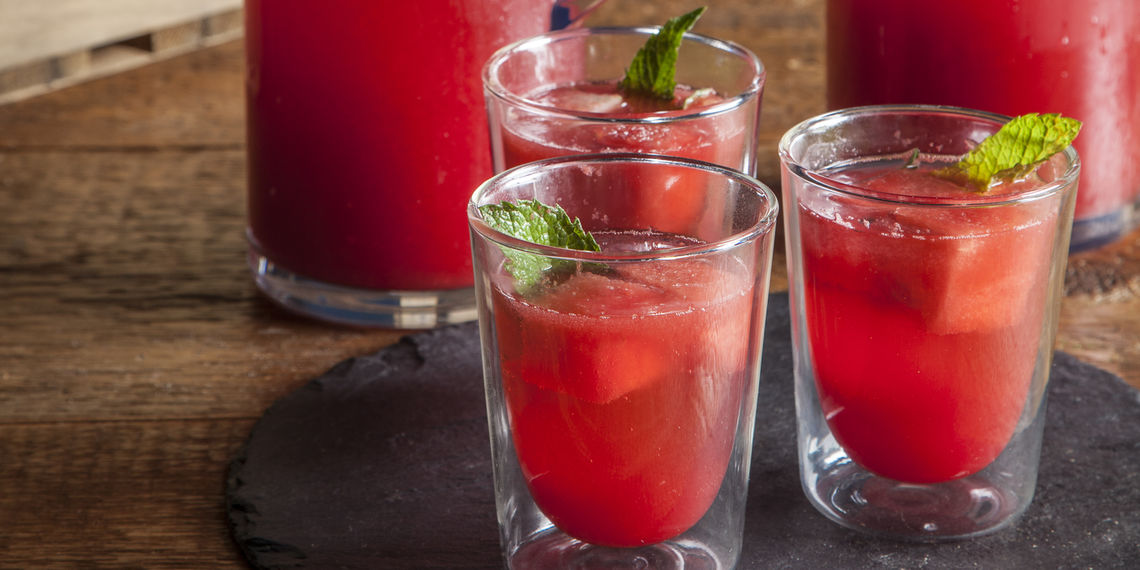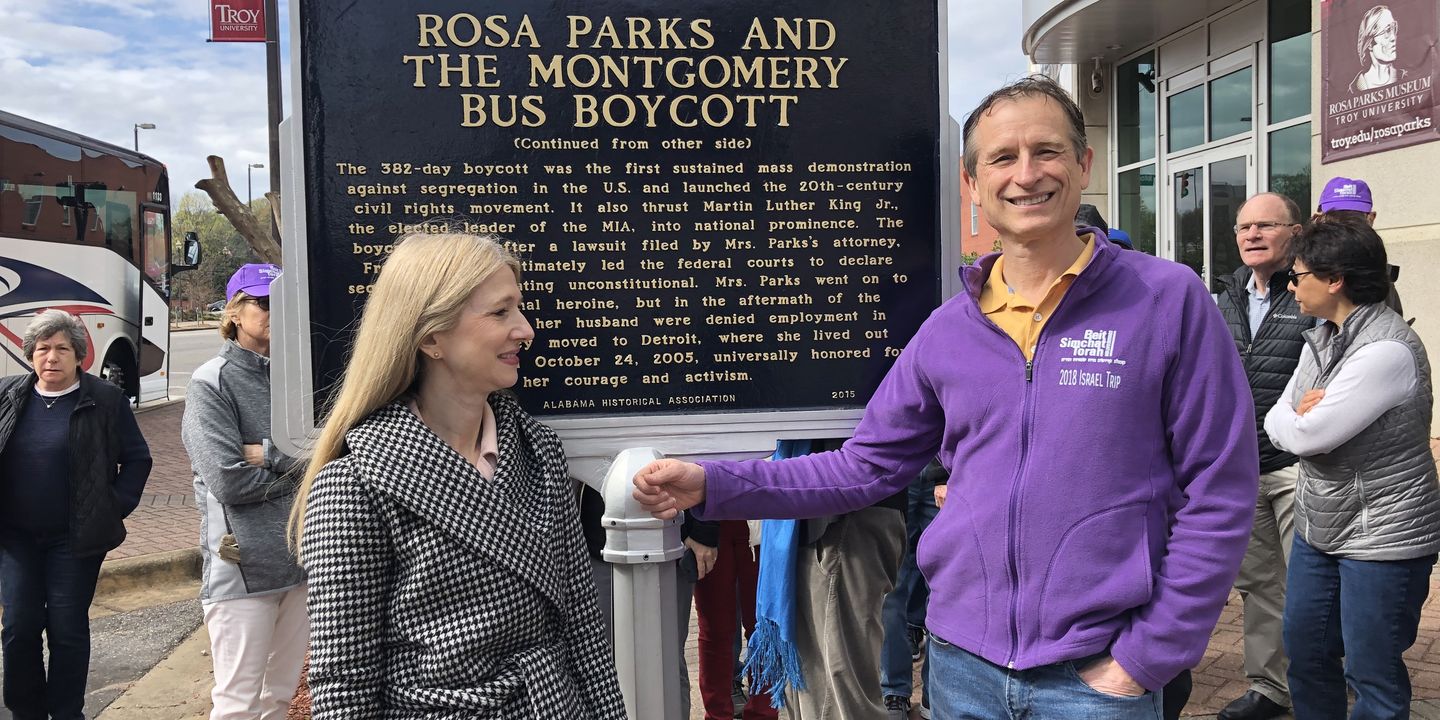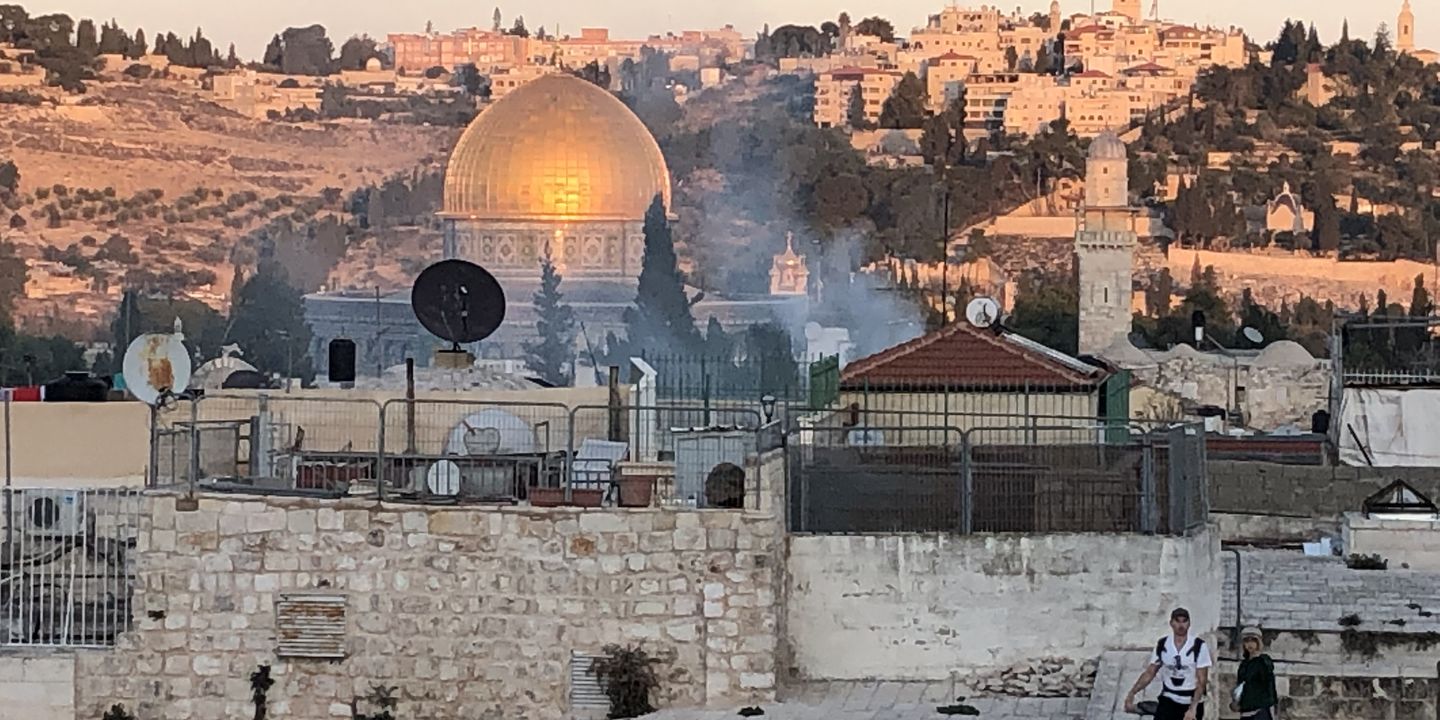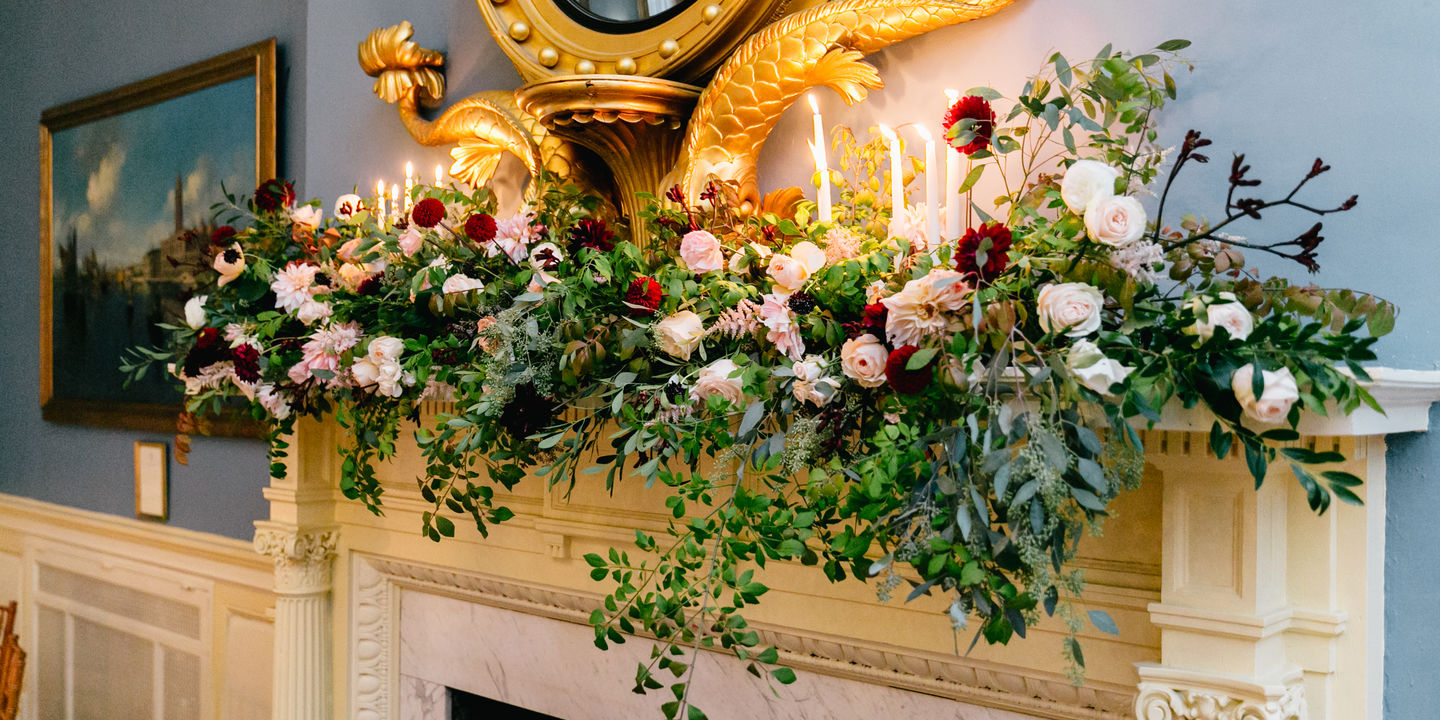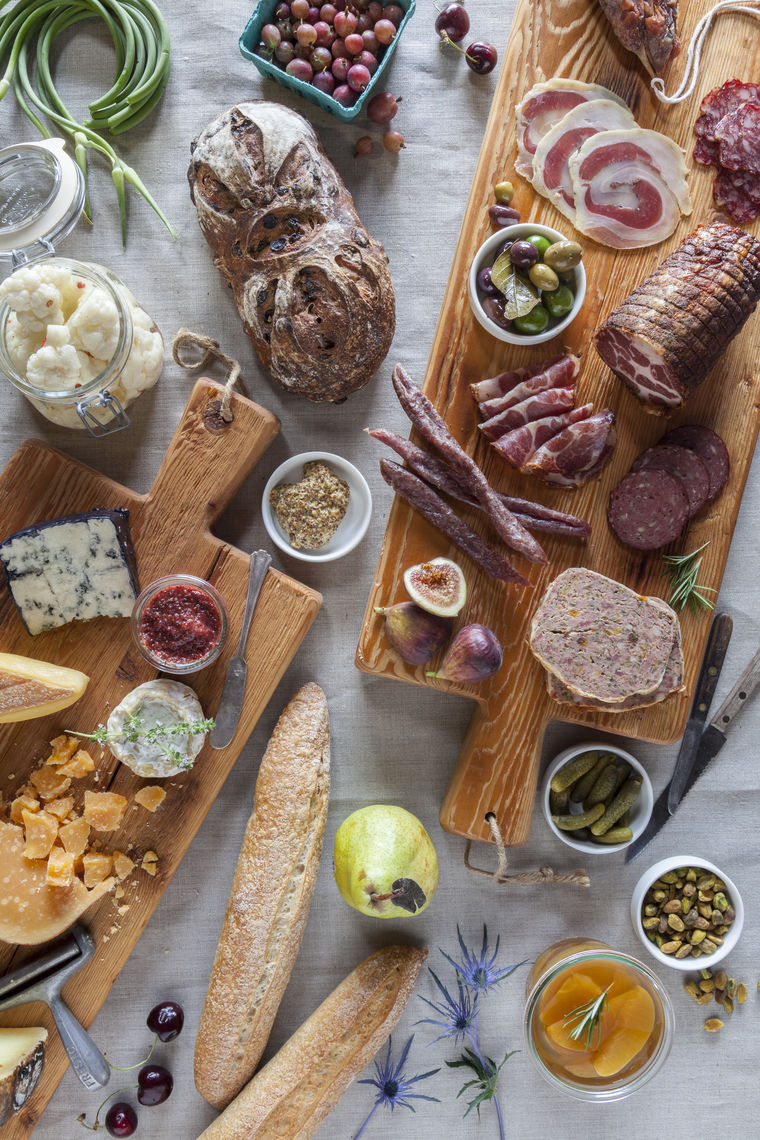Author: miller
Over the years, we have catered and cooked for tens of thousands of people, the famous and the less famous. We have cooked for Beverly Sills, Muddy Waters, and Bishop Desmond Tutu. We have catered weddings for Tina Fey, and, this past summer, Carson Wentz. Many years ago, however, we had the great honor to cook dinner for a woman who exemplified courage and grace, and whose actions, over 60 years ago, helped usher in a new era of civil rights.
That woman, of course, was Rosa Parks. Her decision, in 1955, to refuse to obey the Jim Crow law requiring black Americans to move to the back of the bus led to the famous Montgomery bus boycott, the rise to prominence of Dr. Martin Luther King as the leader of the boycott, and the Supreme Court decision, a year later, which outlawed segregation in Alabama’s public bus and transportation systems.
Many years later, when PBS was filming “Eyes on the Prize,” a documentary chronicling the early struggle for civil rights in America, Rosa Parks stayed in Philadelphia for a portion of the filming. She stayed with Sheldon and Lucy Hackney, at the University of Pennsylvania. At that time, Sheldon was President of Penn, and Lucy was an attorney in the city. Lucy’s mother, Virginia Durr, was also on hand for the filming, as she and her husband Clifford Durr had been friends and supporters of Ms. Parks. And, when Ms. Parks was arrested, Clifford Durr joined the defense team, an action which enraged much of white Montgomery against the Durrs.
As the in-house caterers for the Hackneys, we were called upon to prepare and serve a number of meals for their special guest, and I had the chance to chat briefly with Ms. Parks. What I remember was a very gracious, very kind older woman, whose gentle demeanor belied her historic role as a civil rights revolutionary.
Thus, when several months ago, and 30-plus years after meeting Ms. Parks, I got the chance to visit the south on a civil rights journey, I jumped at the opportunity.
Our tour started with a visit to Atlanta and Dr. King’s boyhood neighborhood. We visited the Ebenezer Baptist Church where Dr. King served as assistant pastor to his father, the Reverand Martin Luther King Sr., and then paid respects at Dr. King’s grave. While all of us know a little more, or a little less about King’s leadership of a movement that was non-violent, it is only with a closer look at the beatings, shootings, house bombings and other abuse the freedom fighters endured that one truly appreciates the magnitude of the courage the members of the movement had to possess.
We walked across the Pettus Bridge in Selma Alabama, where, on March 7, 1965, peaceful marchers, attempting to walk from Selma to Montgomery were tear-gassed and viciously beaten by club-wielding police and state troopers.
The most moving experience of the trip was our visit to the new National Memorial for Peace and Justice, also known as the lynching museum. The chilling exhibit features 800 six-foot metal monuments- one for each county in the US. where a lynching took place. Etched onto the coffin shaped boxes are the names of the victims from each county. The boxes are suspended from the ceiling, and as you walk from beginning to end, the ceiling and boxes rise higher and higher in the air until they stop with their bases at eye level. Touring the museum is a deeply disturbing experience, but one which every American should undertake.
Finally, we toured the Rosa Parks Museum. Through videoed interviews, posters, articles and other artifacts, we had a chance to better understand the beginning of the Civil Rights movement and this quiet but incredibly brave woman who helped free all of America from Jim Crow. I left the Museum and the tour grateful for the courage of these brave individuals, and grateful to have had the honor to meet and prepare a meal for Rosa Parks.
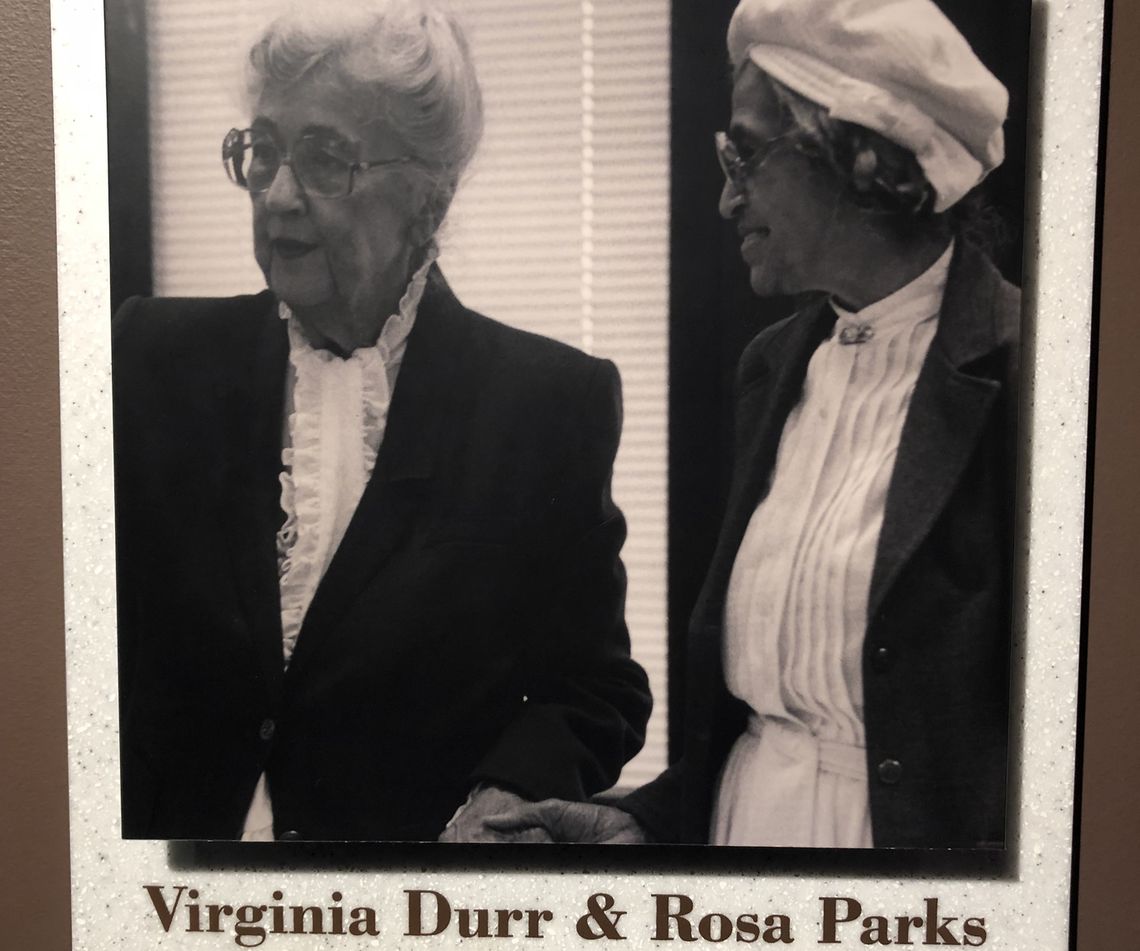
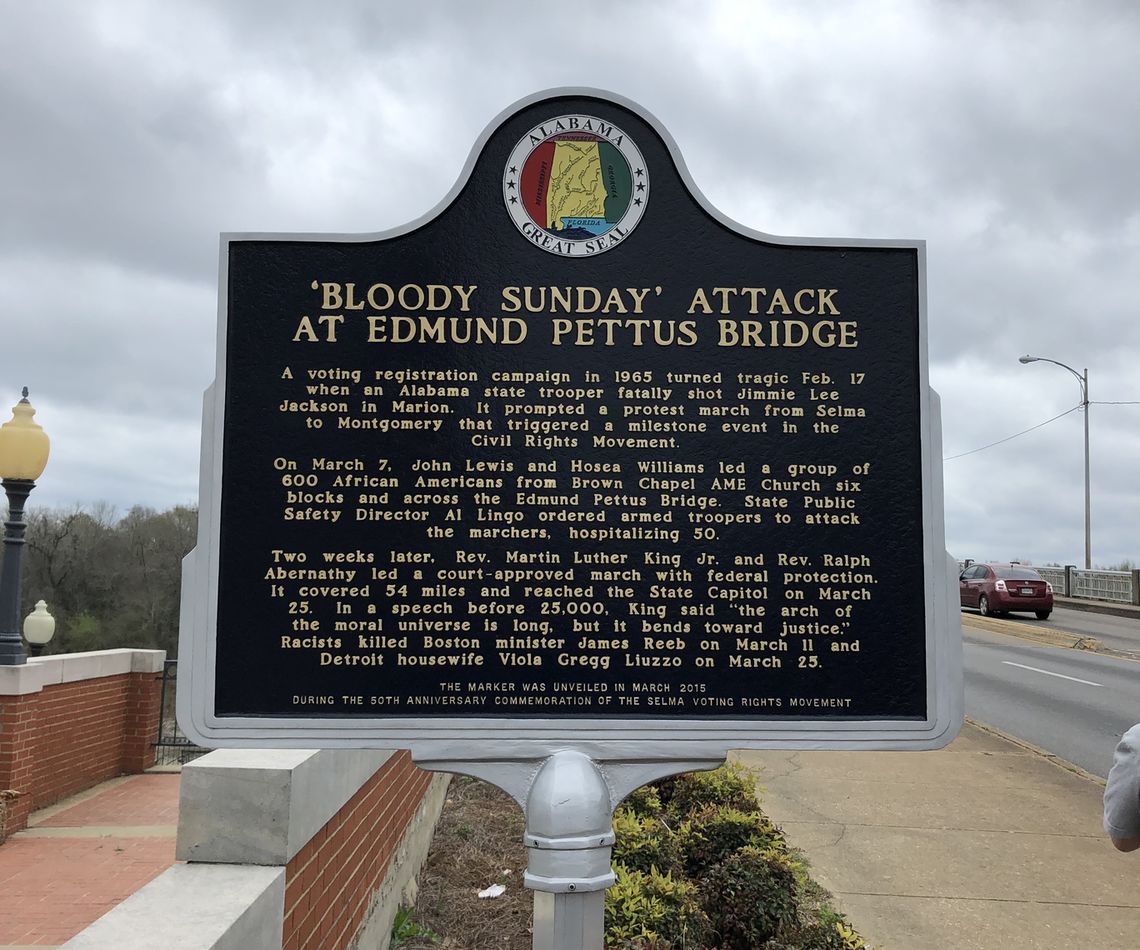
We had the absolute pleasure of hosting Carson and Maddie’s Wedding. Carson Wentz, the quarteback for the Philadelphia Eagles, was a true gentelman. Both he and his bride Maddie were beaming with love. The day was perfect in every way. From the flowers to the famous “thriller” dance, fun was had by all! Congrats to the Wentz’s and thank you for choosing the Lake House Inn and Jeffrey Miller Catering for your special day.



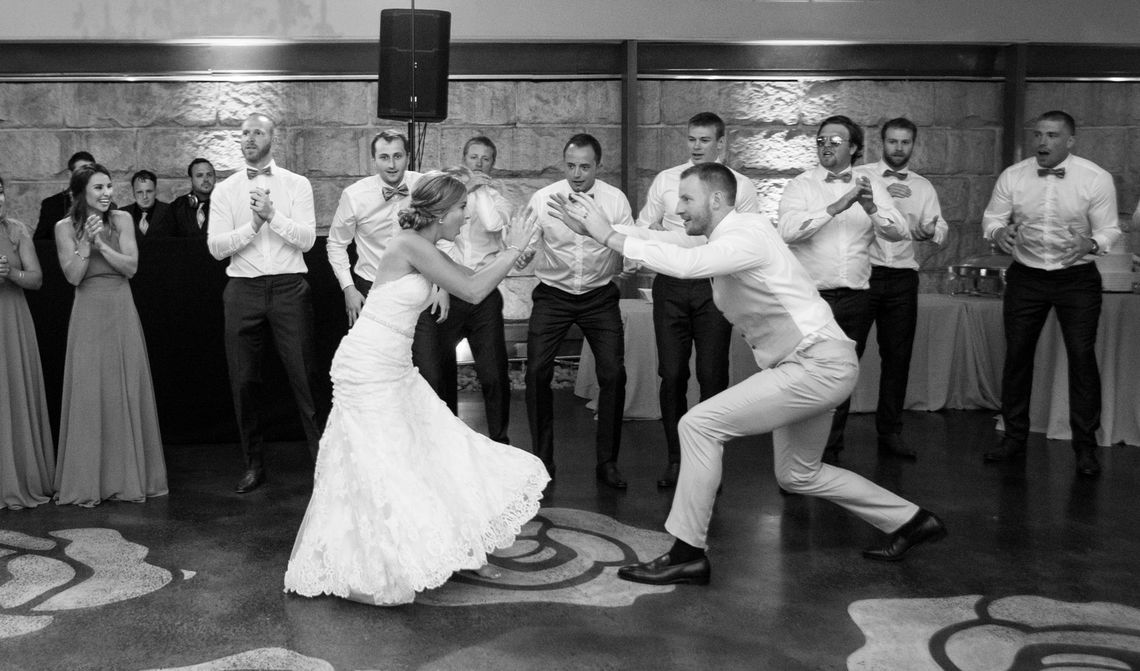
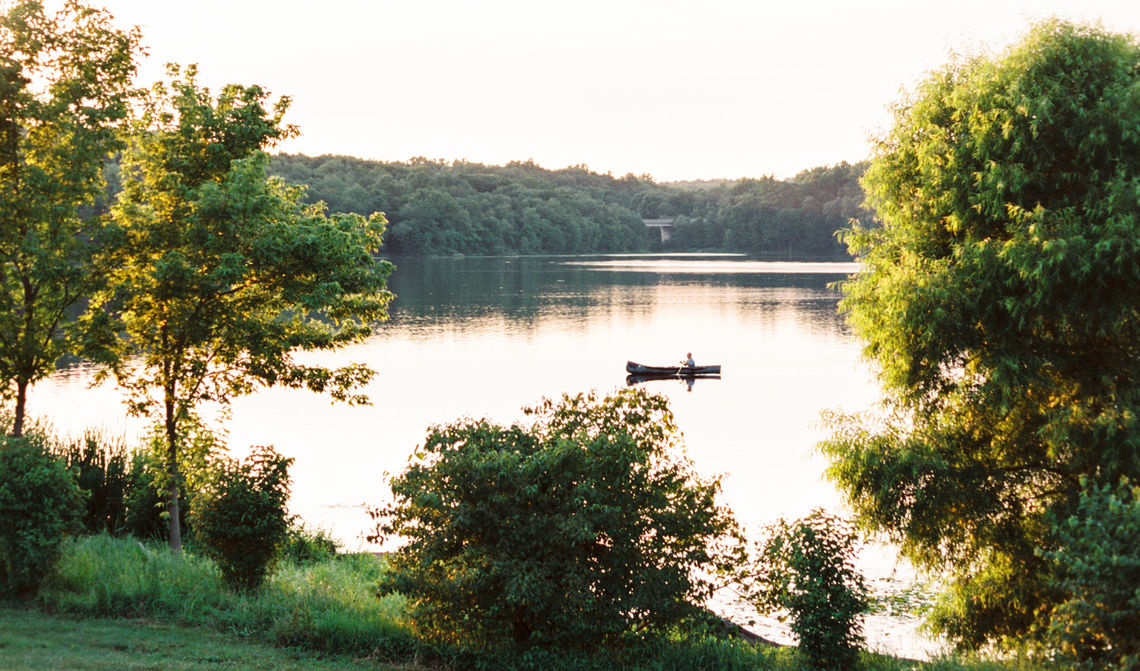
Thank you Shining Light Photography for the beautiful images to share
Curtis Arboretum
Located in Wyncote, PA, the hall was once a ballroom of the 1937 Cyrus Curtis Estate. Beyond the magnificent wrought-iron entrance gates is a vintage setting of rolling hills, two ponds, and over 40 varieties of trees. This hall had an old world charm touch and was in need of tender, love, and care for an elegant revamp. Wait until you see this incredible space with a tent to seat 200 and countless photo oportunities.
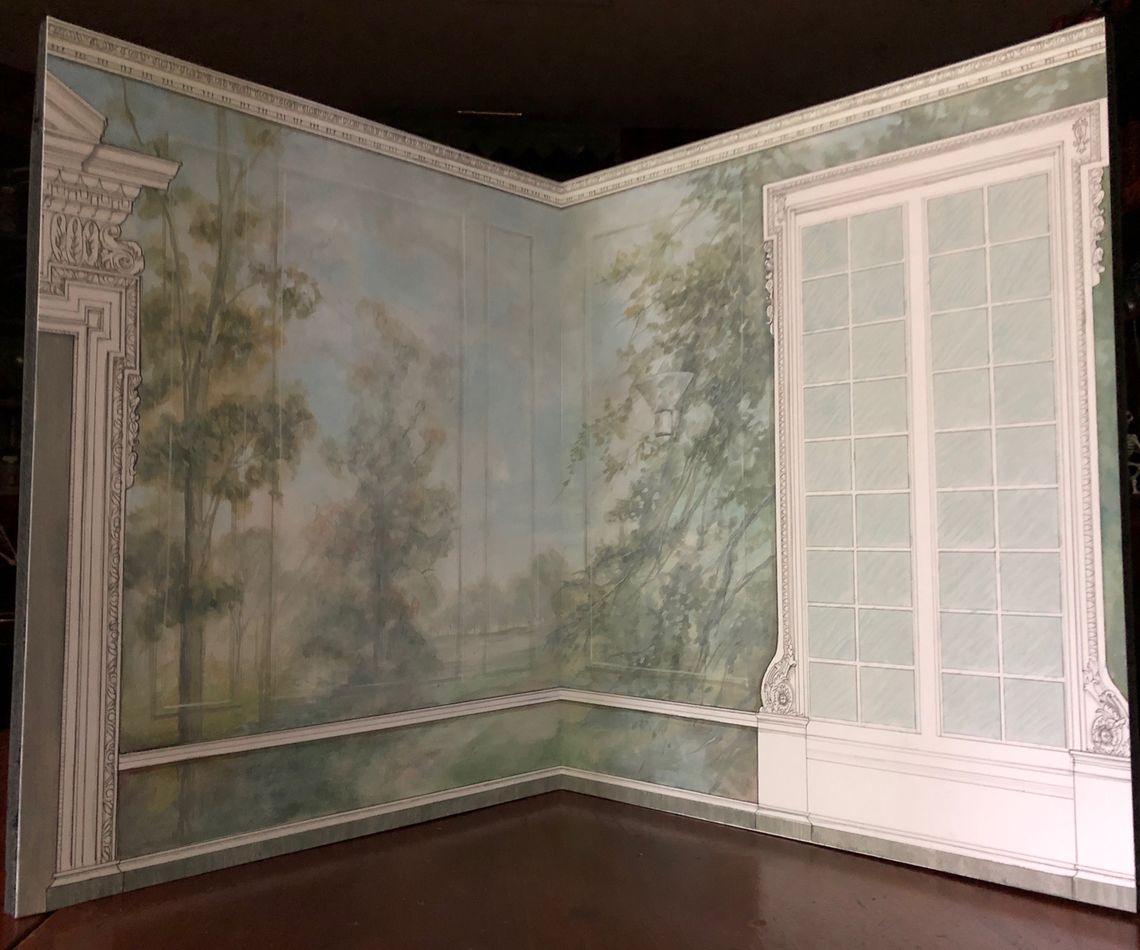
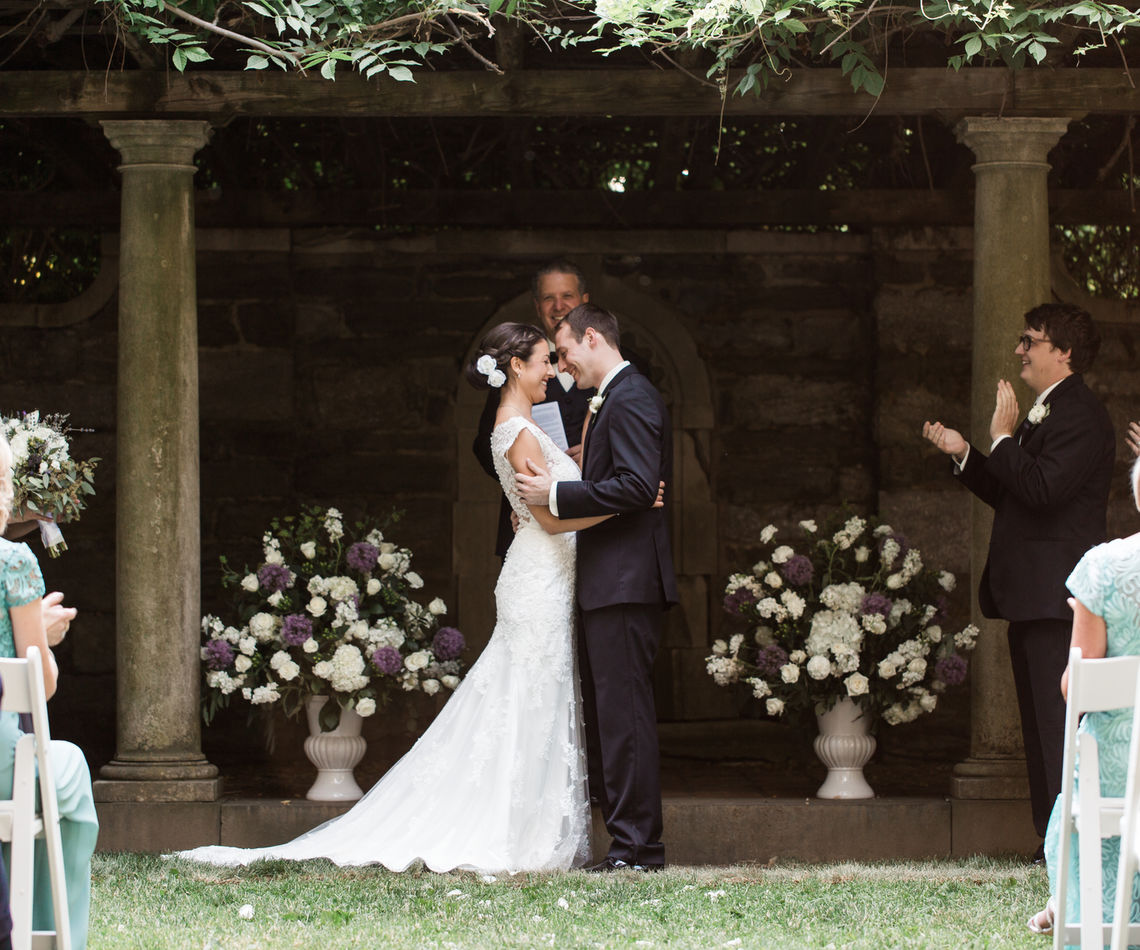
Bishop Farmstead
The big red barn was constructed in 1932. This vintage barn oversees 12+ acres of native grasslands – a rich habitat for wildflowers, birds and butterflies – and a historic farmhouse built in the 1750s by a second-generation Quaker farmer. The recently completed renovation brings contemporary comfort and energy efficiency to a setting that still retains its authentic character. For weddings and private celebrations, the “big red barn” opens onto beautiful outdoor spaces for garden ceremonies and cocktails, while the interior is scaled for dinner and dancing for as many as 200 guests.
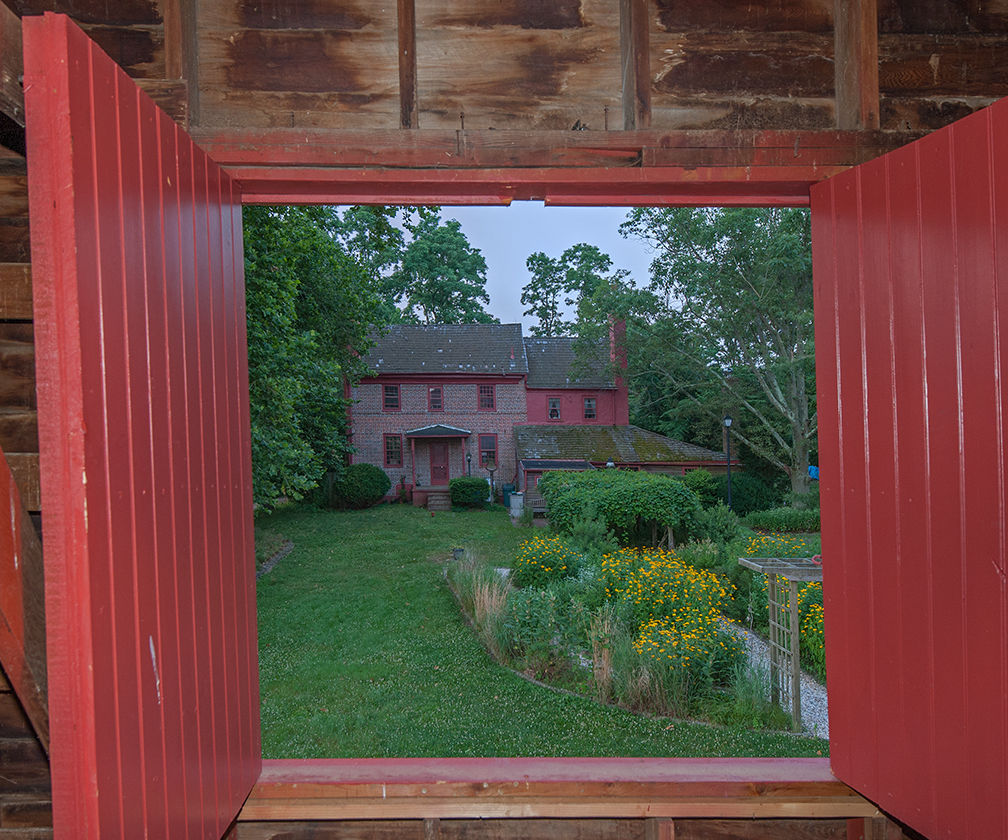

Mercer Museum and Fonthill Castle
The Mercer Museum is a 7-story history museum of every-day life in America during the 18th and 19th centuries. Designed and built by Dr. Henry Chapman Mercer, the Mercer Museum is reminiscent of a castle, inside and out. It was completed in 1916. With a reception that includes dancing, there is capacity for 80 guests indoors or up to 120 guests when using the expanded venue with the attached tent. Your special day includes access to the museum for all of your guests.
A National Historic Landmark, Fonthill Castle was designed and built between 1908-1912 by Dr. Henry Chapman Mercer, archaeologist, collector, ceramist, and Renaissance man, and is situated on 30 private wooded acres approached via a long, tree-lined drive. Enjoy cocktails on the balcony of the Terrace Pavilion before descending the winding staircase to dine and dance under chandeliers in the ultimate White Wedding Tent nestled beside the castle
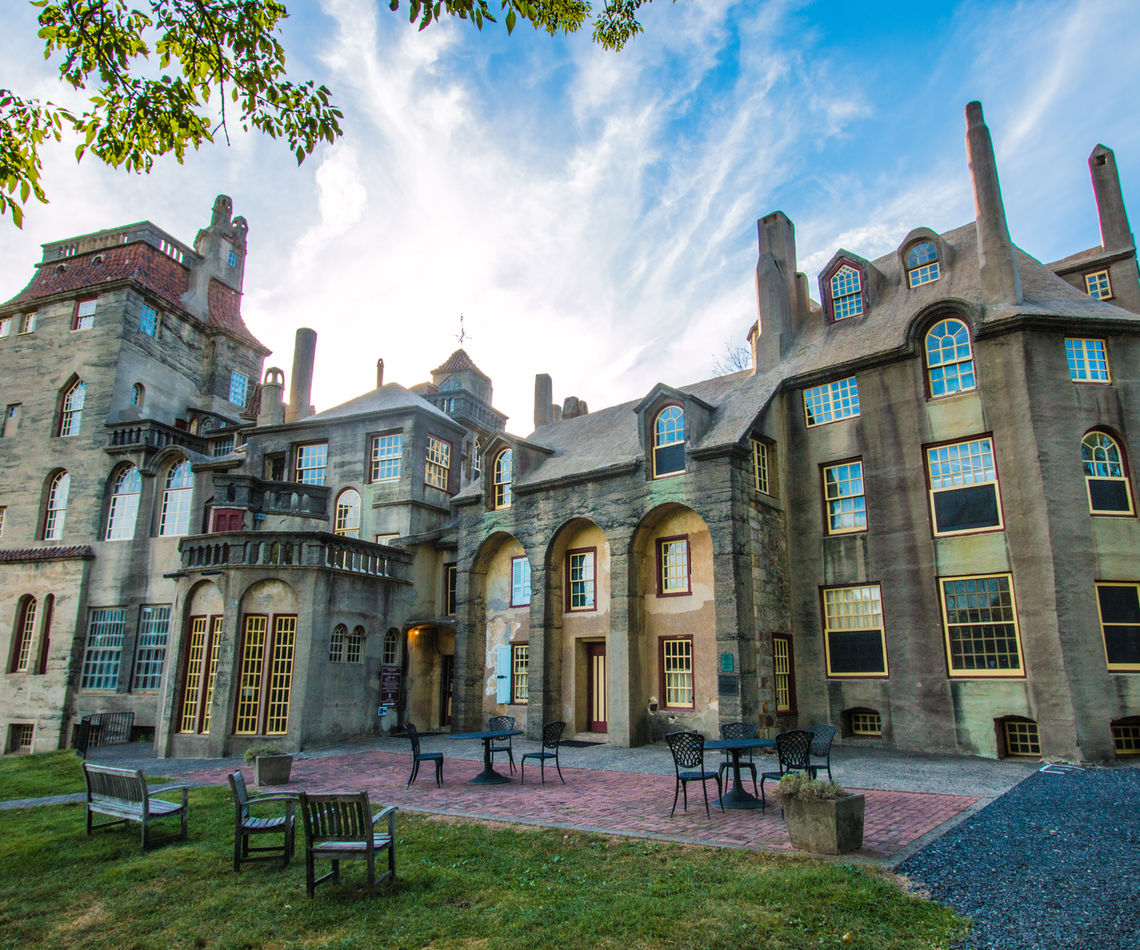

Last month, just before Thanksgiving, my wife, Laurie Magid, and I went on a group trip to Israel. What an extraordinary experience! We toured the beautiful beaches of Tel Aviv, the breathtaking Ramon Crater in the Negev Desert, the holy sites of Jerusalem, and the conflicted regions of the West Bank. We had the privilege of meeting with political leaders, religious leaders of all faiths, middle-schoolers at Hand in Hand (the only school for both Jewish and Arab children in Jerusalem), peace activists, LGBT leaders, young adults preparing for their military service, former soldiers, Palestinian refugees, West Bank settlers, Ethiopian Jews, and Bedouin women. It was like a ten-day long seminar in which we heard the most diverse points of views, and had a chance to really grapple with the difficult issues. Of course – we also had the chance to have wonderful food every day; Israel is a paradise for foodies.
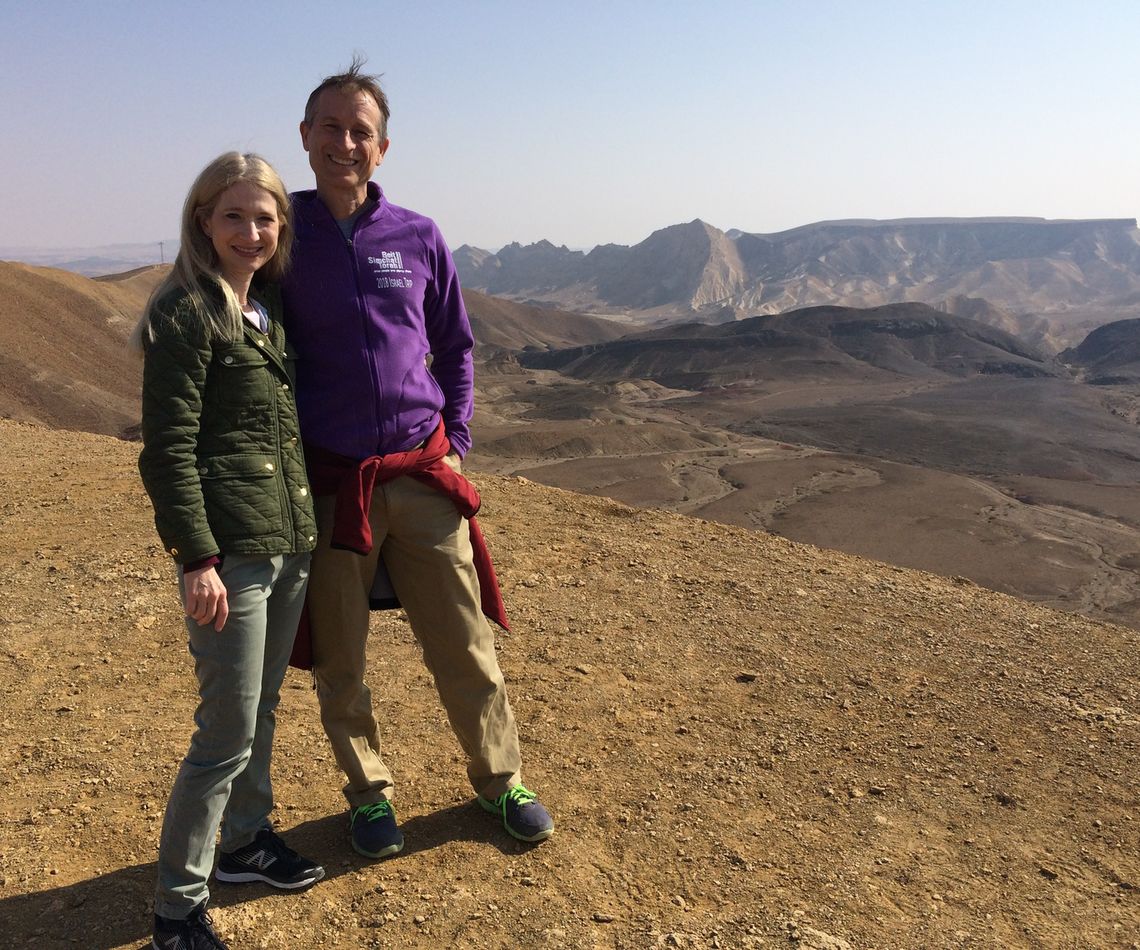
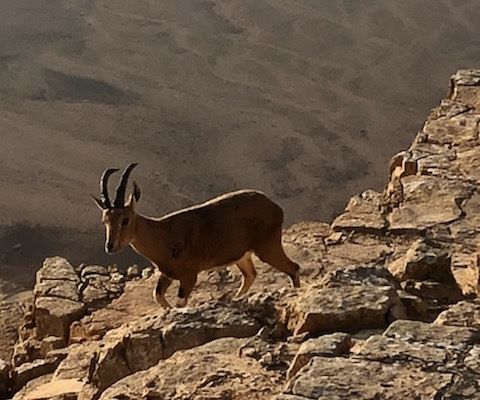
Both Tel Aviv and Jerusalem have sprawling covered food markets where locals doing their weekly shopping mingle with tourists making a lunch of street fare. At the Tel Aviv market we lunched on vegetables grilled for us as we watched. We bought a hunk of scotch-infused halvah – the sesame candy that is a specialty in Israel. Our plan was to bring it to Philly with us, but we could not resist shaving off slices each night and went home with just a taste left for our family.

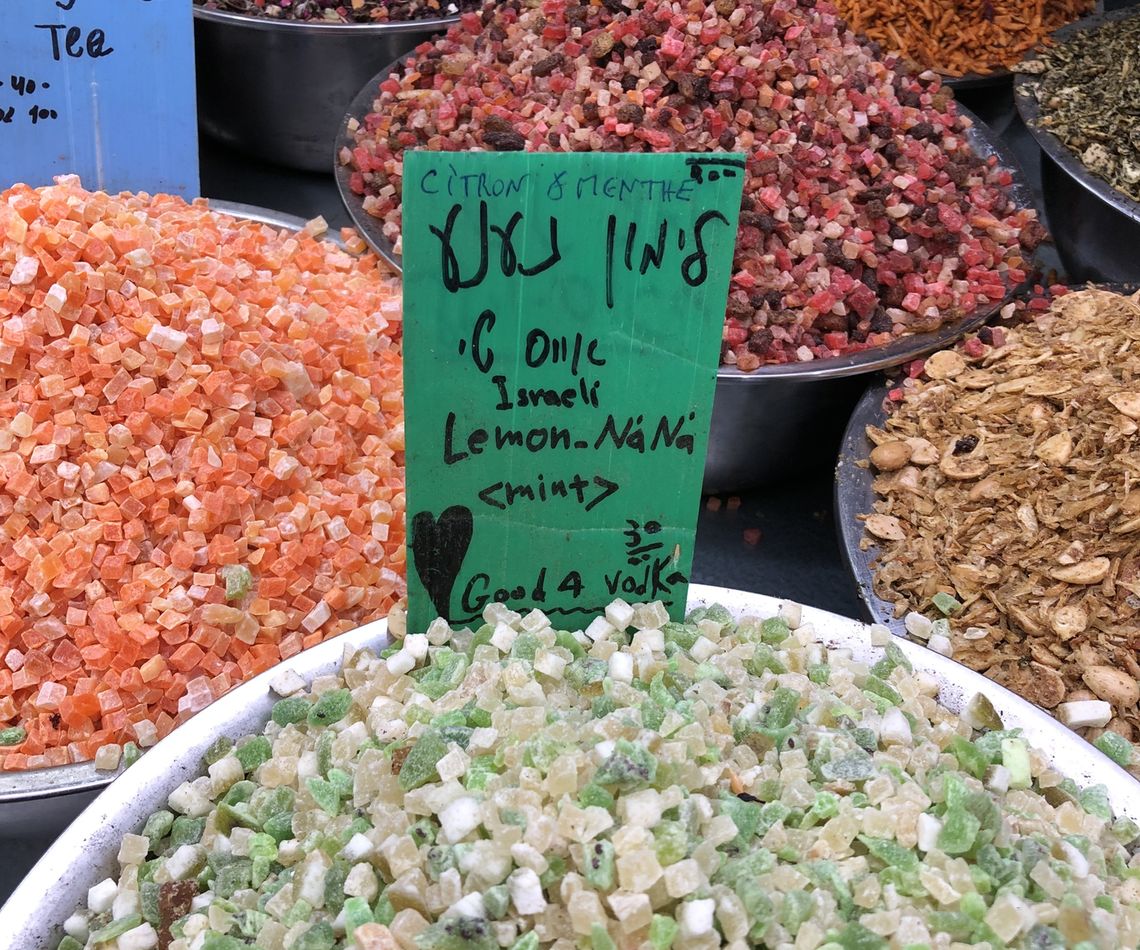
Jerusalem’s food market, Machaneh Yehudah, is famous for pomegranates as big as grapefruits; dates that are soft, sweet, wrinkle-free, and just off the tree; dried fruit of all types; hot out of the oven flat bread glistening with oil and za’atar spices; and fish from the Mediteranean, mounded up and displayed in all their glory. If only I had a kitchen while I was traveling to play in with these incredible ingredients! We satisfied ourselves with falafel and spinach-filled flaky borekas from the food stalls that alternate and compete for space and attention with the butchers, produce stands, and fishmongers in the market.
On a day trip to the West Bank city of Ramallah, we visited a local café and sampled a justly renowned Arab pastry – kanafe. It is made with a layer of soft goat cheese bathed in rosewater syrup and a layer of a semolina cake. While the kanafe was our favorite, we sampled other delicious pastries including “bird nests” – shredded pastry filled with nuts, and pistachio baklava.
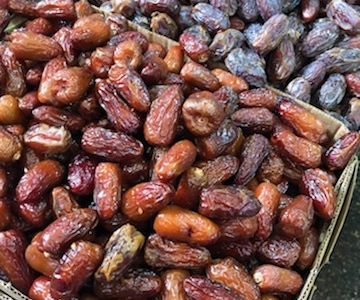
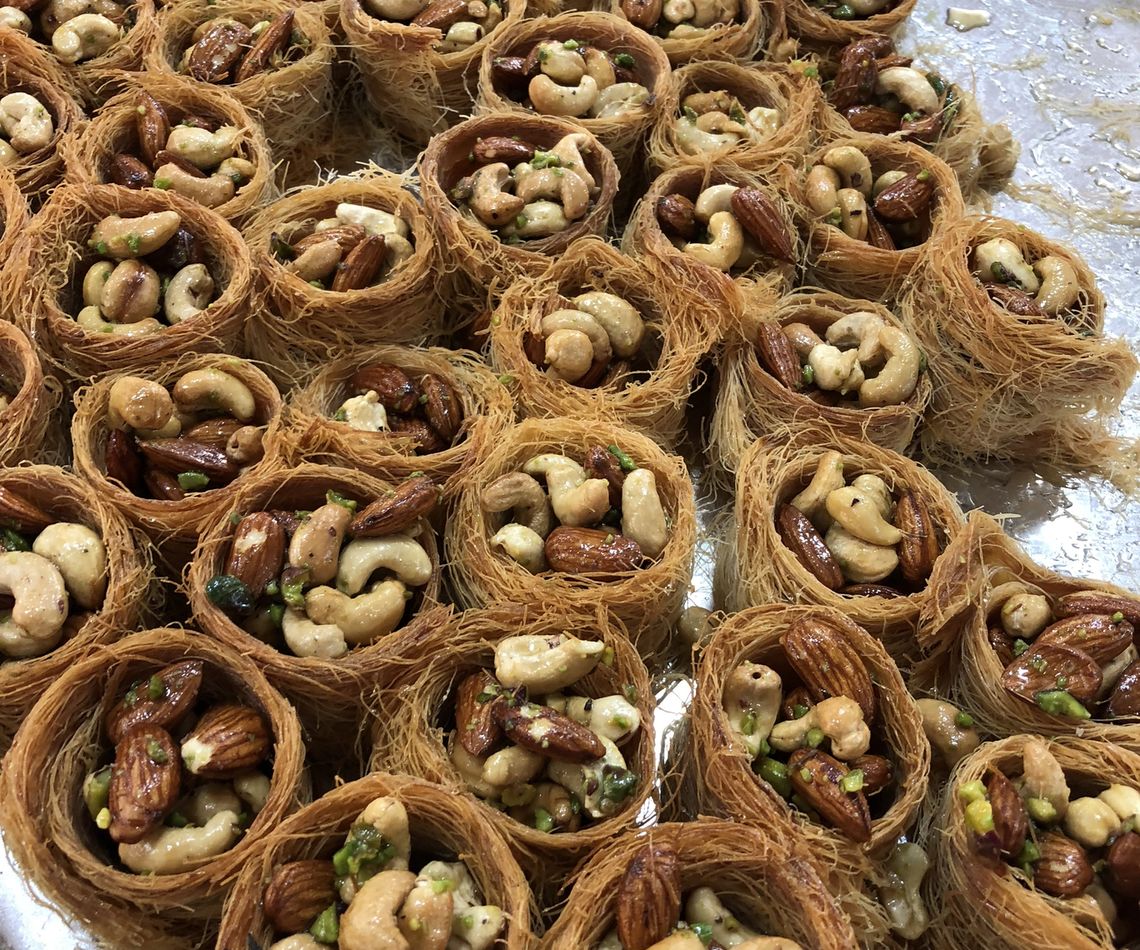
A fascinating visit with the community of Ethiopian Jews, was even more meaningful because it provided my one chance to cook on the trip. Our host, Naftali Aklum, first told us the riveting story about how his older brother had led the Ethiopian Jews, in the 1990s, on the heroic and perilous trek from Sudan to Israel (soon to be a Hollywood movie with Ben Kingsley and Michael Williams). Then, Naftali and his family invited us to join them for a traditional Ethiopian meal of sautéed greens, a yellow lentil stew, braised curried potatoes, and injera, the famed Ethiopian crepes, made from sourdough teff. By unanimous agreement of our group, I was chosen to be the first visitor to try his hand at cooking up a round of the hot spongy bread. My injera was not quite as good as our host’s version, but good enough to be passed around and eaten out of hand.
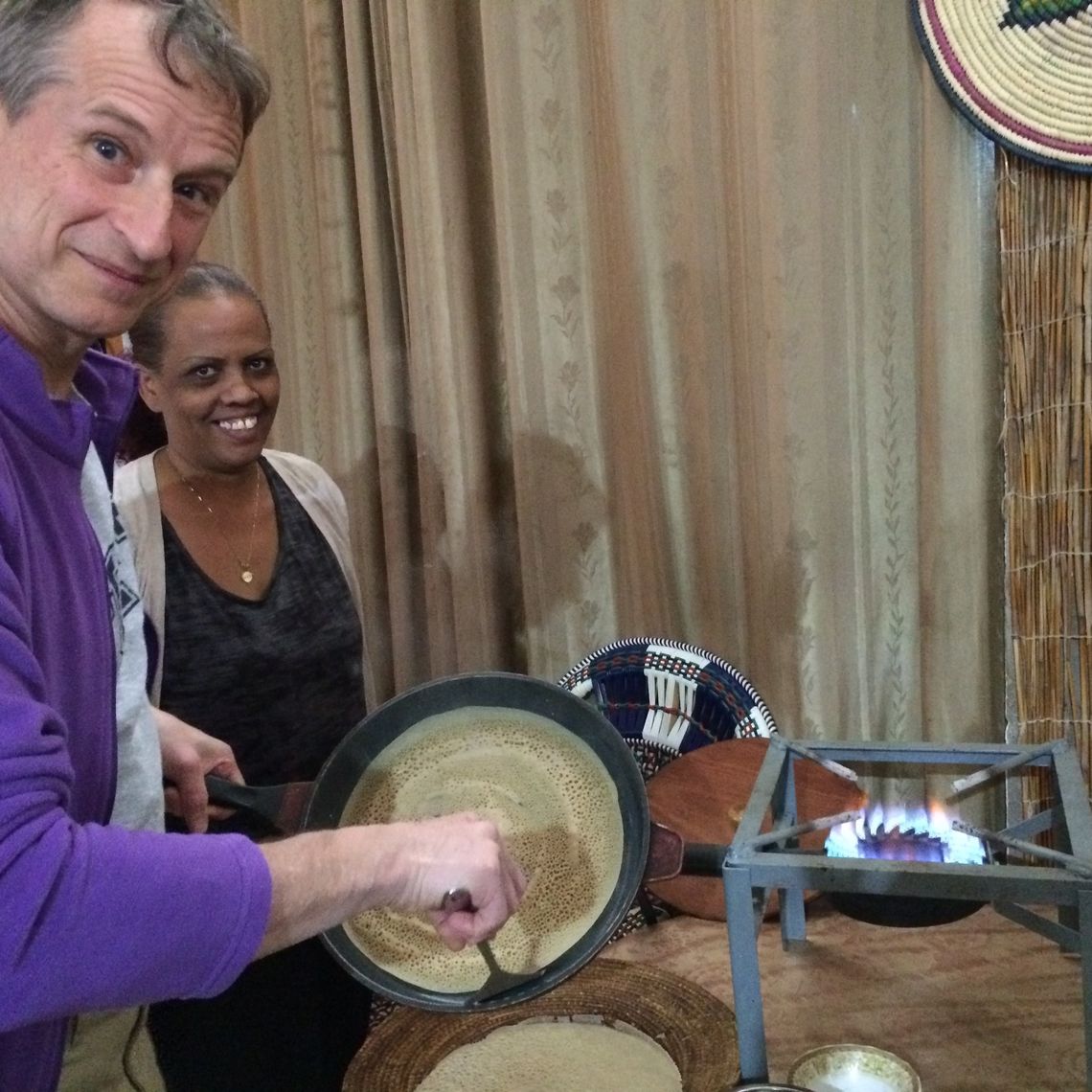
Thanks to my dad, an expert hunter of wild mushrooms, I love foraging, and JAM has hosted several wild food dinners in Philadelphia. I actually had the chance to do a bit of foraging on my trip at one of the holiest sites in Jerusalem – the Mount of Olives. We saw olive trees believed to be close to 2000 years old. These broad, gnarled ancients look hollow and dead inside, but their canopies are lush, with finger-shaped vibrant green leaves, and branches heavy with jet-black olives. Disregarding the objections and warnings of my fellow travellers, I sampled the ripe fruit from a number of these trees to find out, if – as I have always heard, – olives cannot be eaten without brining and curing. And while yes, many of the ripe olives were fairly hard and bitter, I discovered that the olives still on the tree past ripening had started to wrinkle, and were perfectly edible and quite tasty. Not only that, as they dried, they became oily to the touch as well as the taste, so that we could see where our favorite oil has its start.
The best restaurant meal we had was at Machneyuda in Jerusalem. Out tour guide had told us that super-trendy restaurant booked up to six months in advance. Let’s just say that my wife is very persistent, and we had a reservation near the end of the trip. The place is hopping, with Israeli and world club music blaring out into the street through the open floor to ceiling glass windows. We were led to our tables by a charming young man who pulled up a chair to join us at our small table to describe the menu and specials.
The casual service, funky eclectic décor, and blaring soundtracks belie the seriousness and skill of the cuisine at this best-of-Jerusalem dining room. A standout dish was the starter of lightly pickled yellowtail, with little spoons of tangy thick yogurt and slices of preserved lemon. A side salad of flat parsley with shaved purple onion completed this uber-upscaled version of the classic humble pickled creamed herring (that is so often found in the supermarket shelf in a glass jar).
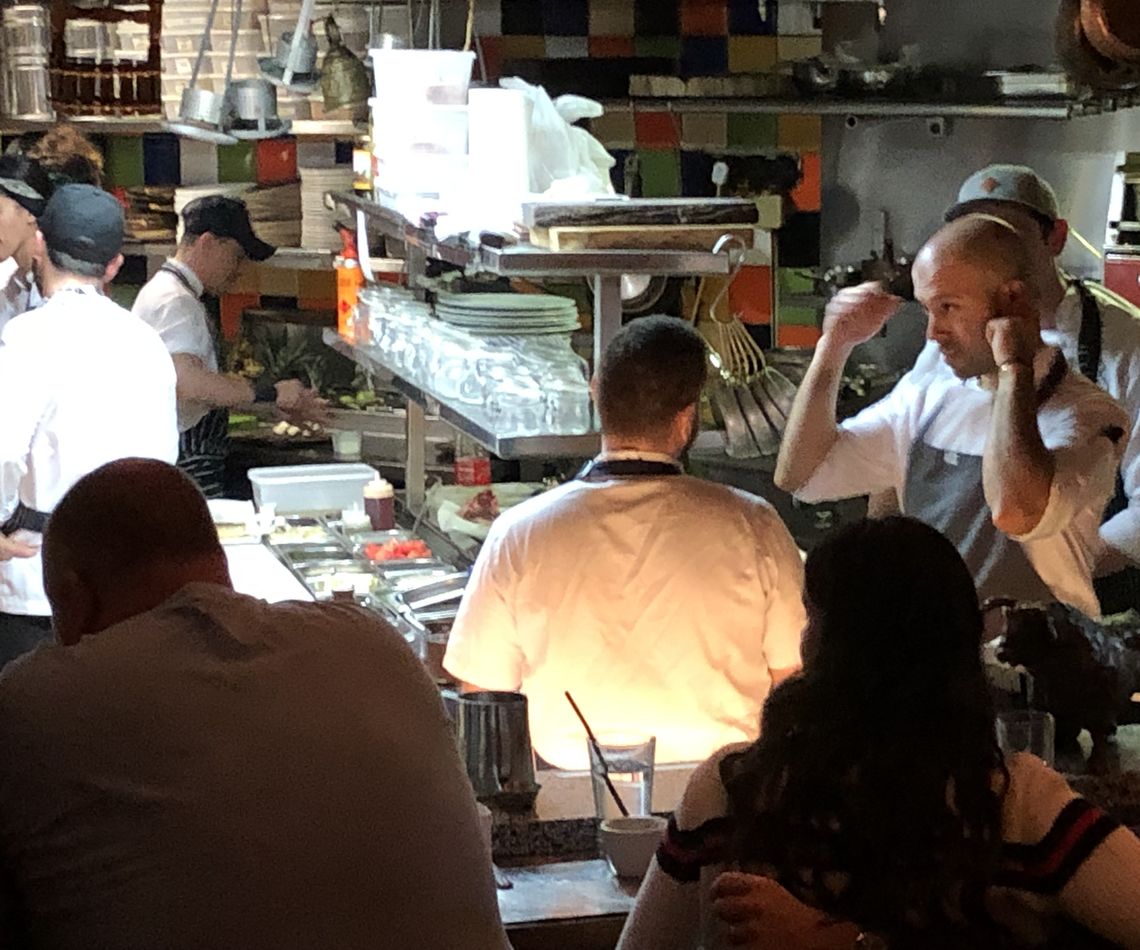
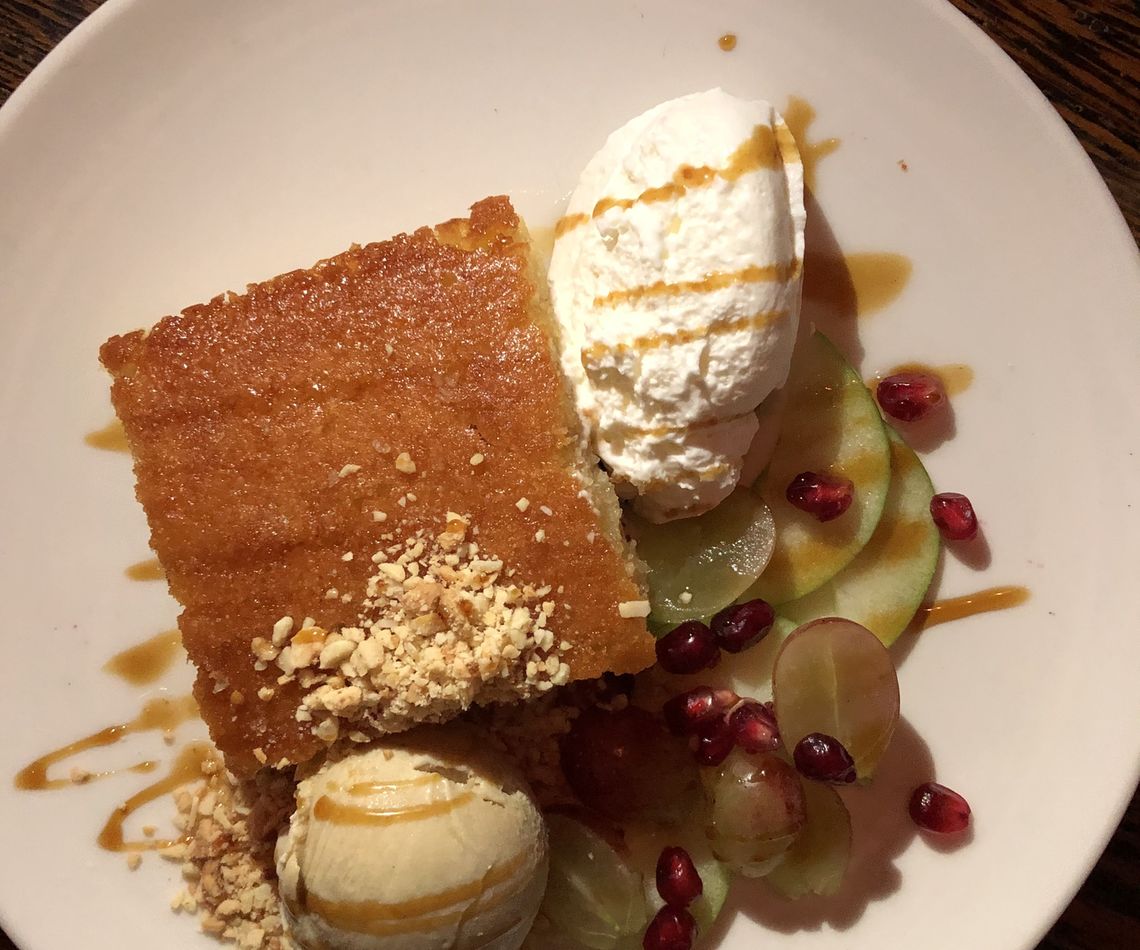
On our trip, we had the privilege of meeting with a range of folks working to improve the lives of the people in Israel. As we heard moving personal stories, our hosts – from Bedouin women to the operators of an eco-lodge in the Negev Desert – never failed in their hospitality, and treated us to many tiny cups of the world’s best – and strongest – coffee, and sweet tea filled with fresh mint leaves. I am already thinking about a next trip to see more of this beautiful country, to support more of the people working for security and justice for everyone, and – of course – to eat more of the glorious food.
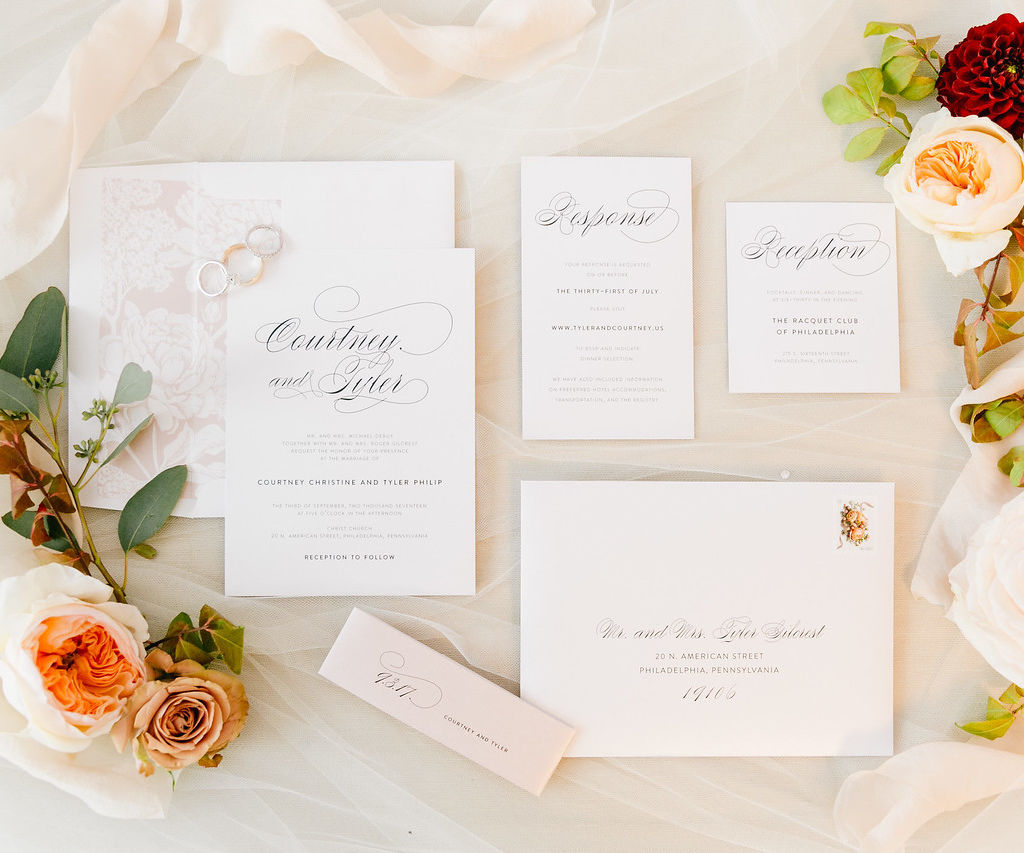
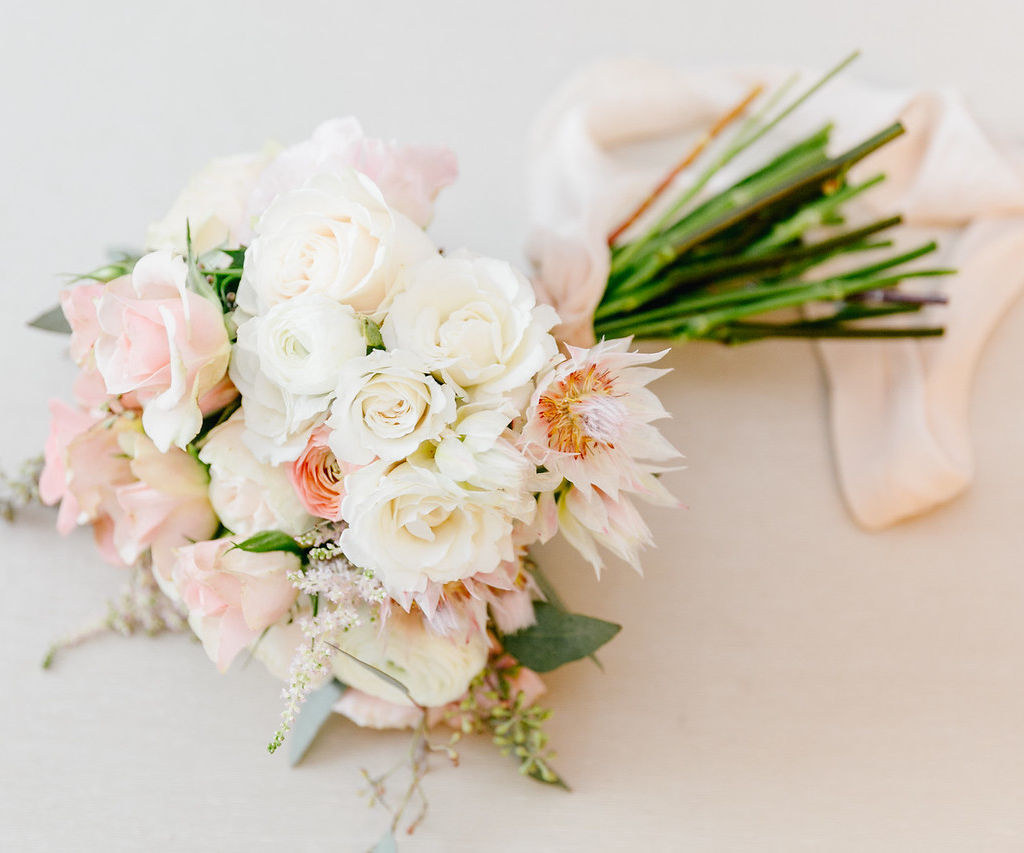
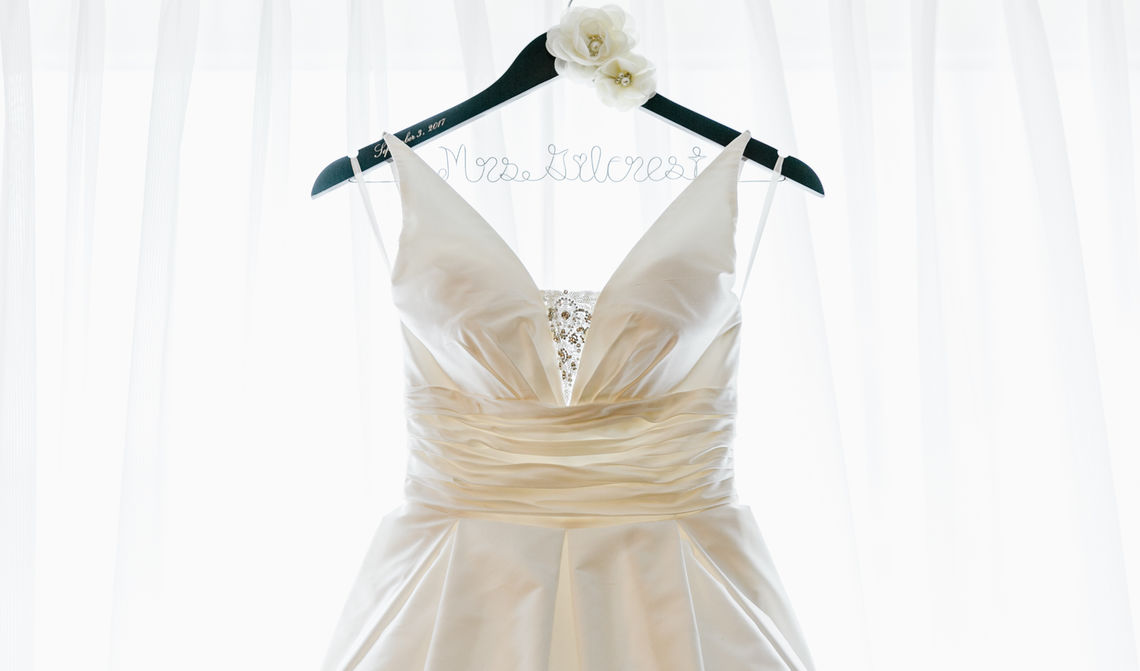
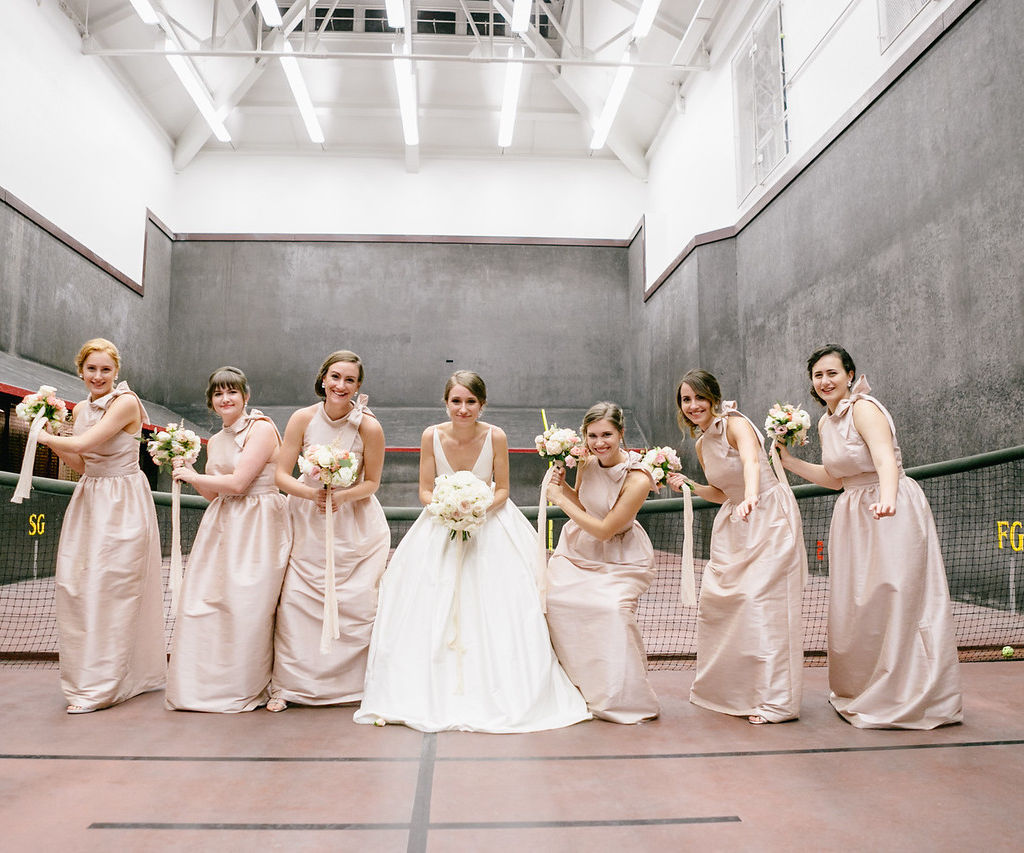
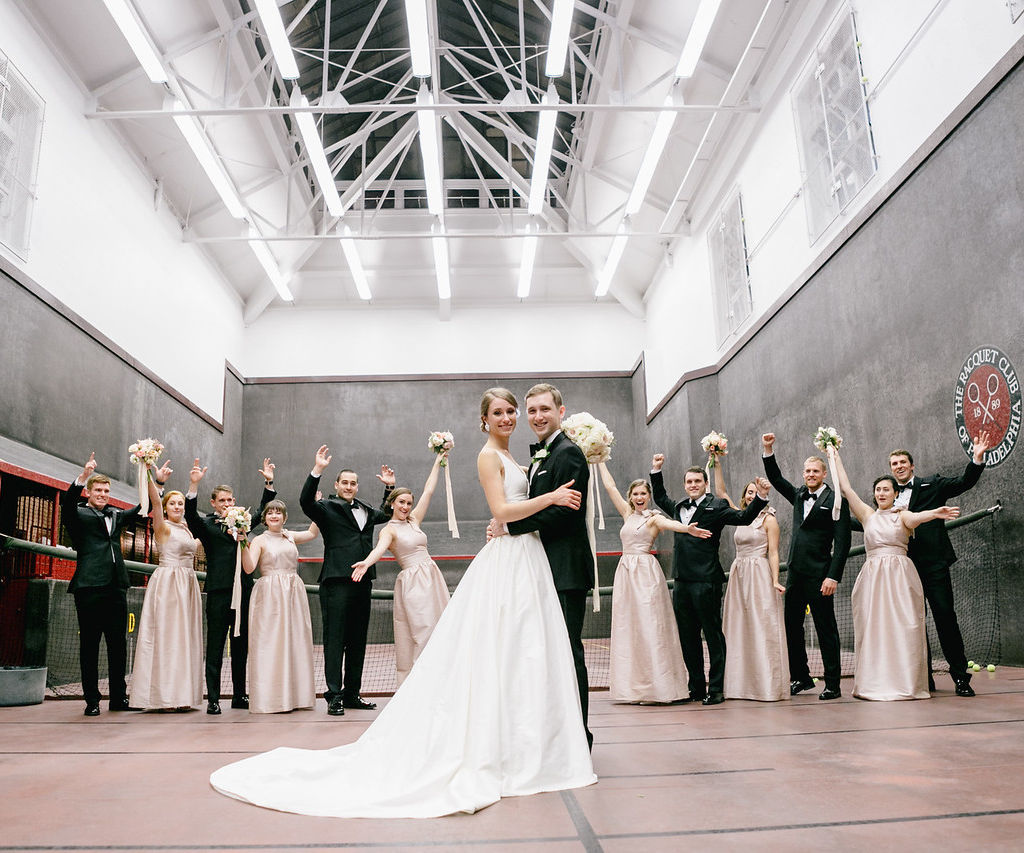
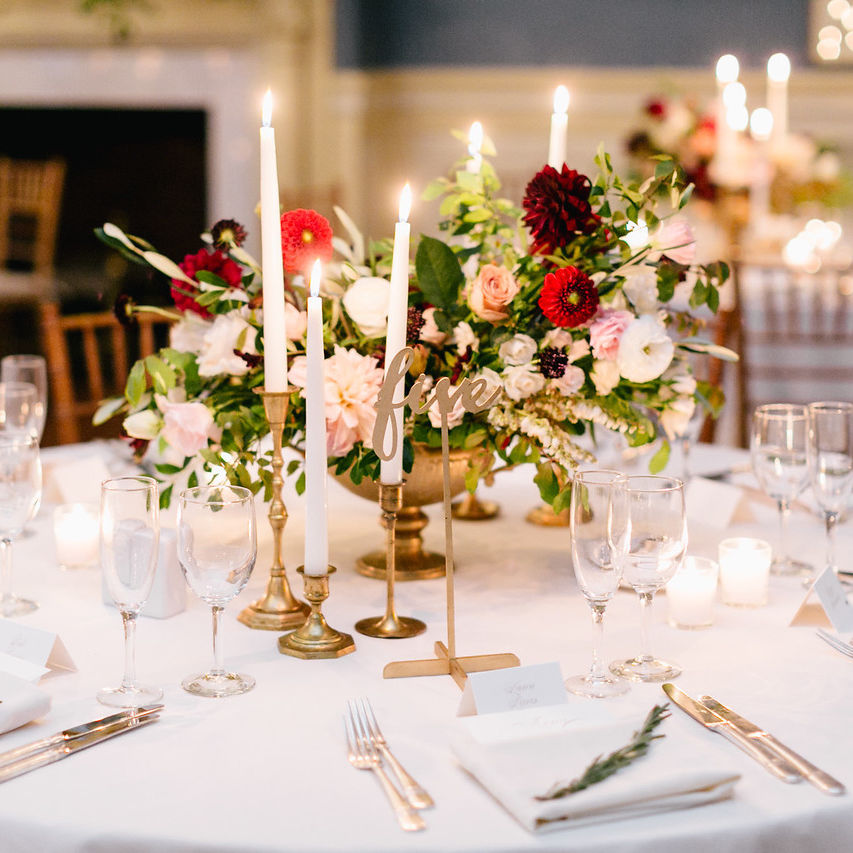
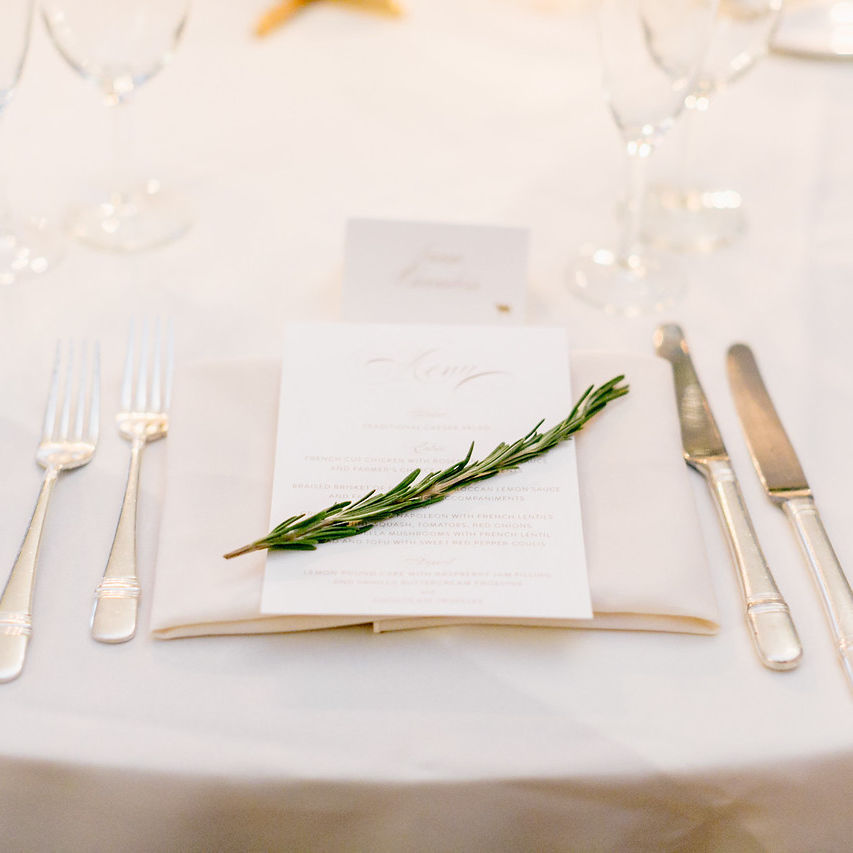
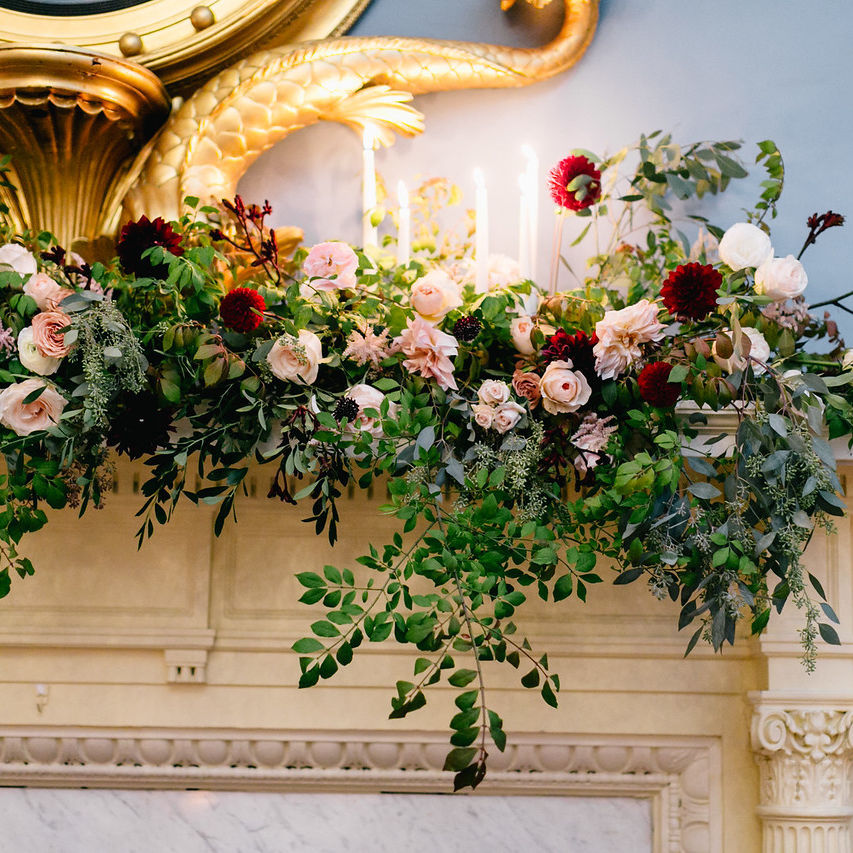
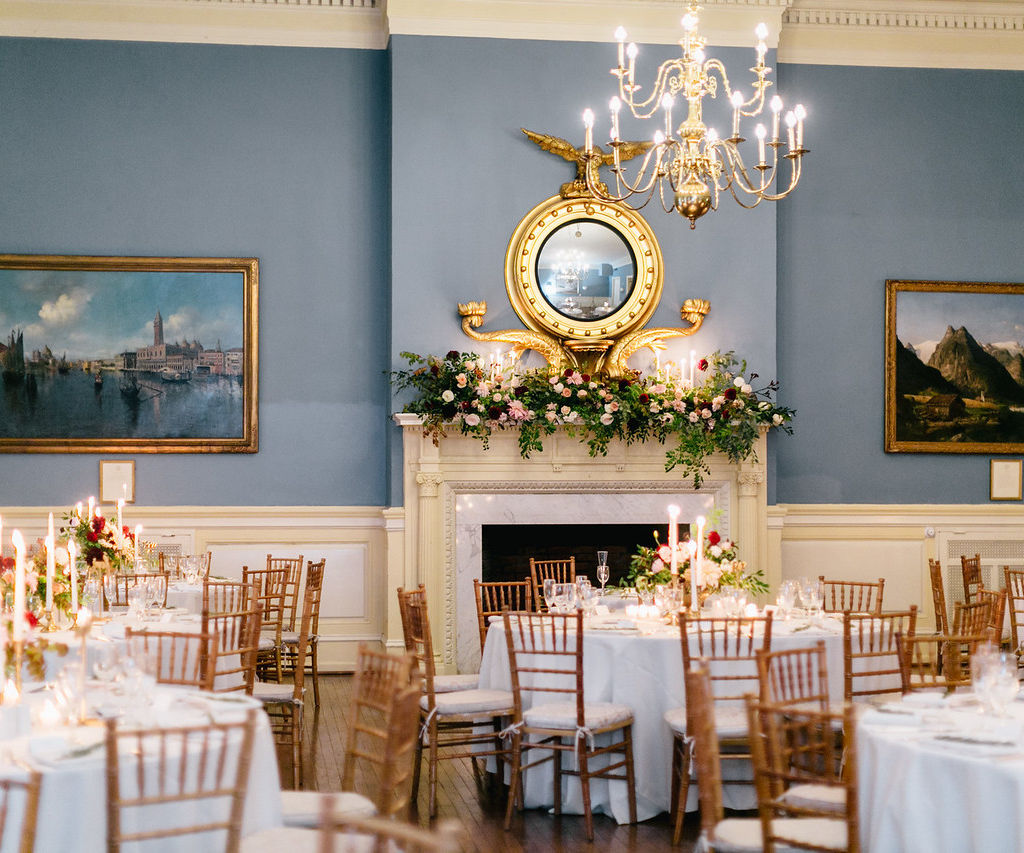
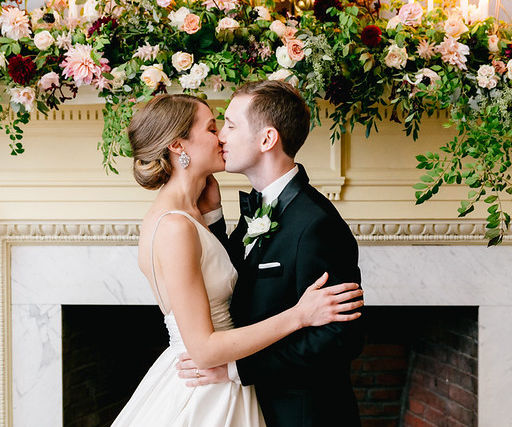


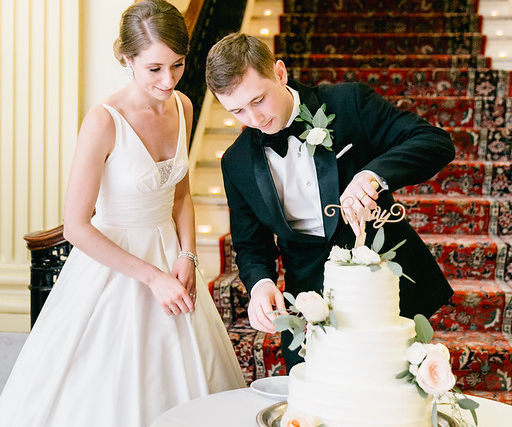
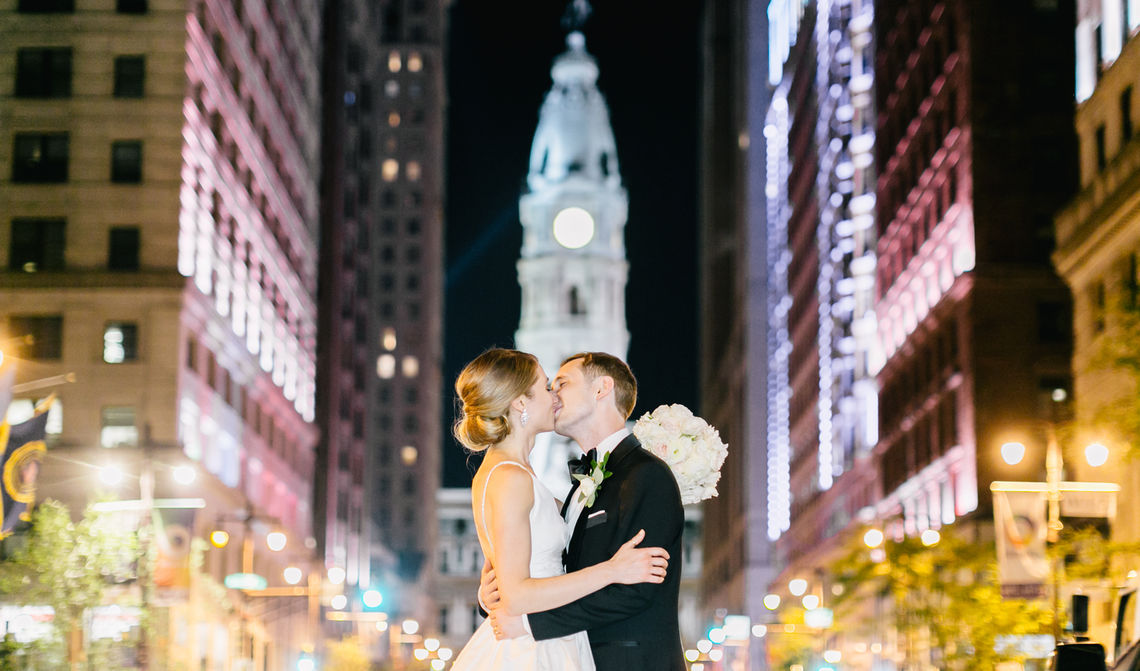
Emily Wren Photography is one of our favorites!
